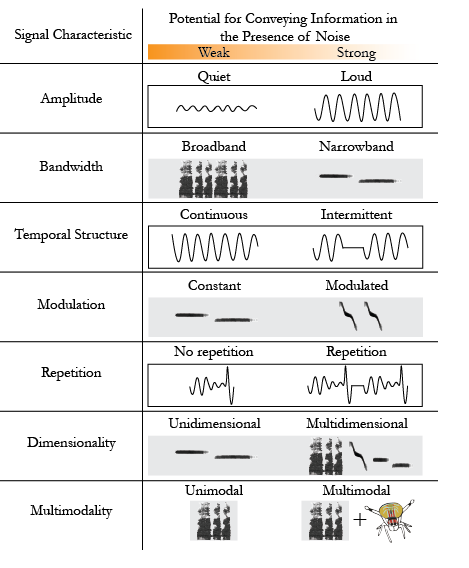In recent years, anthropogenic noise has emerged as a major issue of environmental concern. It negatively impacts animals in a variety of ways, from physiology to behavior. To date, research has focused on the impacts of airborne noise on vertebrates. We were interested in how the majority on animals on Earth - invertebrates- are dealing with this growing pollutant.
Noise created by ever-growing transportation networks and human activities associated with economic development has become so prevalent that it has penetrated some of the quietest places on Earth. For vertebrates, noise has been found to have negative consequences for mating and courtship behavior, predator–prey dynamics, movement, habitat selection and physiology. However, the impact of anthropogenic noise on invertebrates has largely gone unstudied. We aimed to close this knowledge gap by reviewing the literature on the impacts of anthropogenic noise on terrestrial invertebrates. In addition, we outline predictions of possible constraints and adaptations for invertebrates in responding to anthropogenic noise. In our Review, two overwhelming themes emerged. First, acoustics are incredibly important to terrestrial invertebrates – the ways in which they use sound are almost inconceivably diverse. Second, the ways that invertebrates and vertebrates sense and use sound are incredibly different. Thus, an appreciation of human-created noise in the natural world requires a recognition and more full understanding of invertebrate bioacoustics.
Our Review was published in the Journal of Experimental Biology in 2019. Read the full paper here.
Acknowledgements
We thank Sarah Allen and Jim Wigand for providing the initial inspiration for these ideas. In addition, we are grateful to all members of the Elias lab, Alexander Stubbs, Jesse Barber, and Andrew Mason for their helpful comments on this project.
